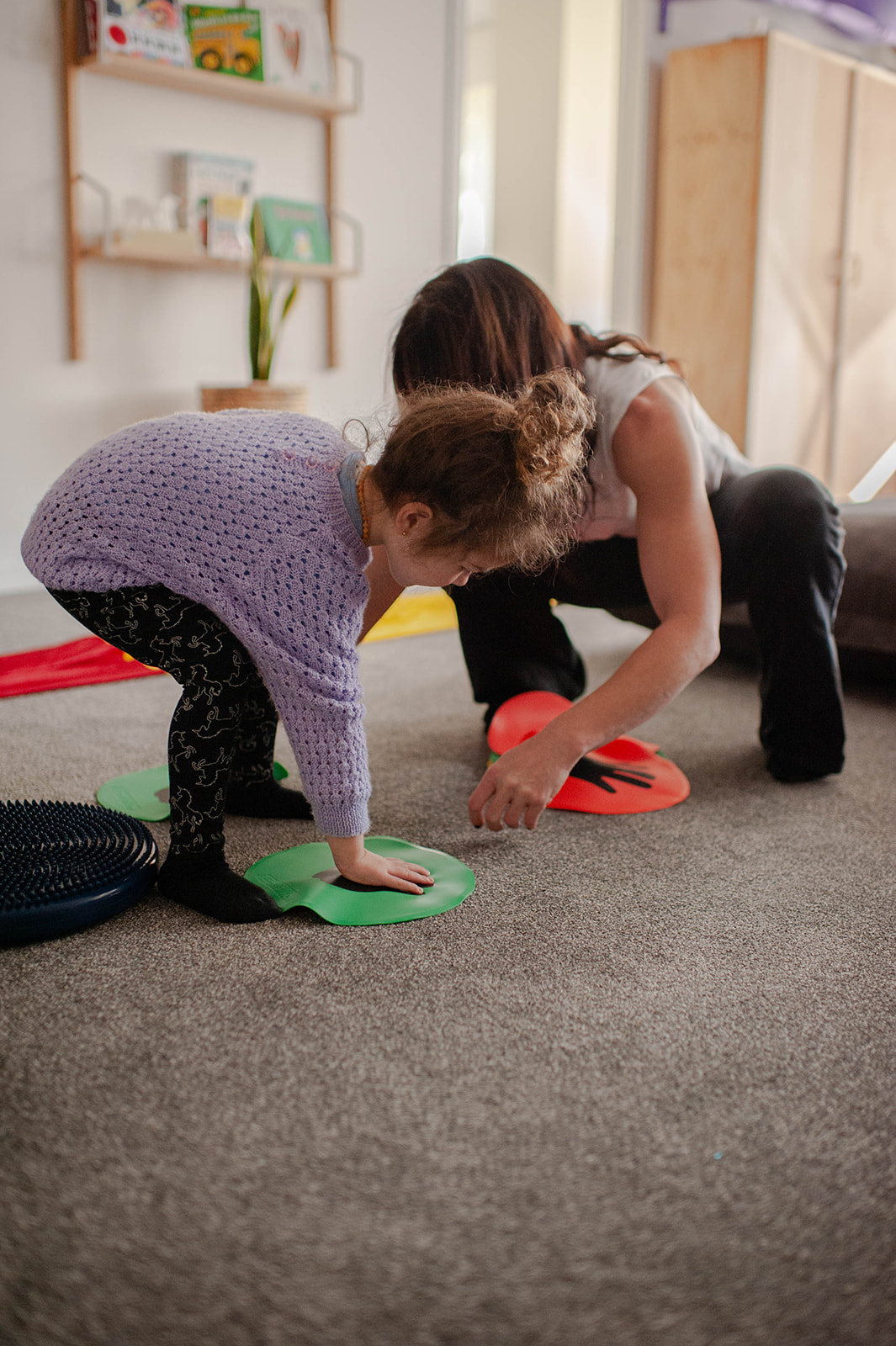Unlock Your Child's Brighter Future Through Science, Care and Education
Our Misson
Our mission is to empower clients, parents/caregivers, and professionals with timely, comprehensive, and well-integrated intervention and educational support under a family-centered, best practice framework that leads children to thrive.
We value and respect the rights, responsibilities, and aspirations of people with all abilities while promoting maximum inclusion and participation. We offer a space of safety, child development, patience, tolerance, and acceptance, where children and their families can feel supported and understood.
Our Allied Health Team
We will help you to communicate your concerns, understand your child’s needs and develop strategies to integrate changes into the daily lives of both you and your child one step at a time.
We value and respect the rights, responsibilities and aspirations of people with all abilities while promoting maximum inclusion and participation.
We offer a space of safety, patience, early intervention services, tolerance and acceptance, where children and their families can feel supported and understood.

Our Approach
IC4K provides an integrative approach based on function(developmental, neurological) and behaviour to assist families of children or adults with autism, developmental delays, neurological and cognitive challenges with an opportunity to thrive at home and in the community.
We offer a specific brain based neurodevelopment program that addresses all aspects of child development & behaviour
( biochemical, genetics, neurodevelopment, emotional regulations, social interactions, sleep management, dietary modifications/food coaching and sensory integration).
IC4K is an NDIS-Approved Service Provider (# 4-GC7E08C)

genetic susceptibilities.
Environmental influences,
biochemical imbalances,
healthy gestation and
birthing
Body awareness
Safety and Sound integration
respiration, digestion, arousal/Sleep reproduction,
enteric & parasympathetic.
recharges the brain and the body.
Creating meaning of Emotions, Role modelling ,Emotional regulation
Understanding spoken words, visual awareness, speech development, hand eye coordination, Auditory integration
Behavioural modification, learning styles,self control, body language awareness, understanding social cues, family coaching.
Cognition
Memory,attention, problem solving, audio-visual motor integration, Left and Right Brain integration, self regulation and the speed in which brain process information
Harvard University’s Centre on the Developing Child
“Early experiences determine whether a child’s developing brain architecture provides a strong or weak foundation for all future learning, behaviour, and health. Education during the first five years of life is critical and will produce better outcomes in academic achievement, economic productivity, responsible citizenship, and eventually successful parenting of the next generation.”

Our Protocol
We follow a sequential four-phased developmental program from infancy to adulthood. Each phase targets five area:

Psycho-Motor

Adaptive Behaviour

Communication

Emotional/Social

Cognition
First step – a multi-disciplinary team assesses Function and Behaviours. We design personalised interventions to overcome barriers to social and emotional development in each phase as shown in the wheel below.
We educate parents and educators on creating personalised learning environments. Our Key Workers model ensures personalised plans and ongoing support. Best practice emphasises learning in everyday settings, facilitated by trained professionals.
Best practice early childhood intervention Guidelines:
- Family needs and preferences are paramount in all services.
- Diversity in families is recognised and respected.
- Children actively participate in daily life with support.
- Skill development happens naturally in daily routines.
- Collaboration between families and professionals is key.
- Empowering everyone through knowledge and skills is crucial.
- Professionals prioritise family desires for best outcomes.
- Services are evidence-based with qualified professionals.
Our goal is for children to feel safe, learn to regulate their emotions, develop happier and more joyful relationships with their families, friends & their environment. We believe the best results are achieved when parents work in partnership with the child behavioural therapist to achieve the child’s therapeutic goals.
Empowering Your Child's Journey with Tailored Therapies.
- Neuromuscular Therapy
- Cranio-Sacral Therapy
- Sensorimotor Reflex Therapy
- Sleep Therapy
- Visual Integration & Processing Therapy
What can you expect?
Your initial intake process
- An online questionnaire for your completion
- An initial consult to assess your childs needs & goals
- Service agreement for our initial assessment program
- Upon agreement: An appointment with our senior OT or Physiotherapist to complete functional & sensory assessment
- A customised treatment, neuro-rehabilitation program and the costing
- A program recommendation for your therapy & appointments with our allied health team
- Program implementation upon your acceptance of our services agreement
Contact Us For More Information
If you have a general inquiry that is not time-sensitive, fill out the Contact form or contact us via the details below and one of our team will get back to you. We are open daily 9:00 am – 5:00 pm Monday to Friday (excluding public holidays).
Call
+61 (07) 5575 7281
info@inspiringchoices4kids.com.au
Location
Suite 1 & 3, 328 Scottsdale Drive,Robina Gold Coast, QLD 4226









